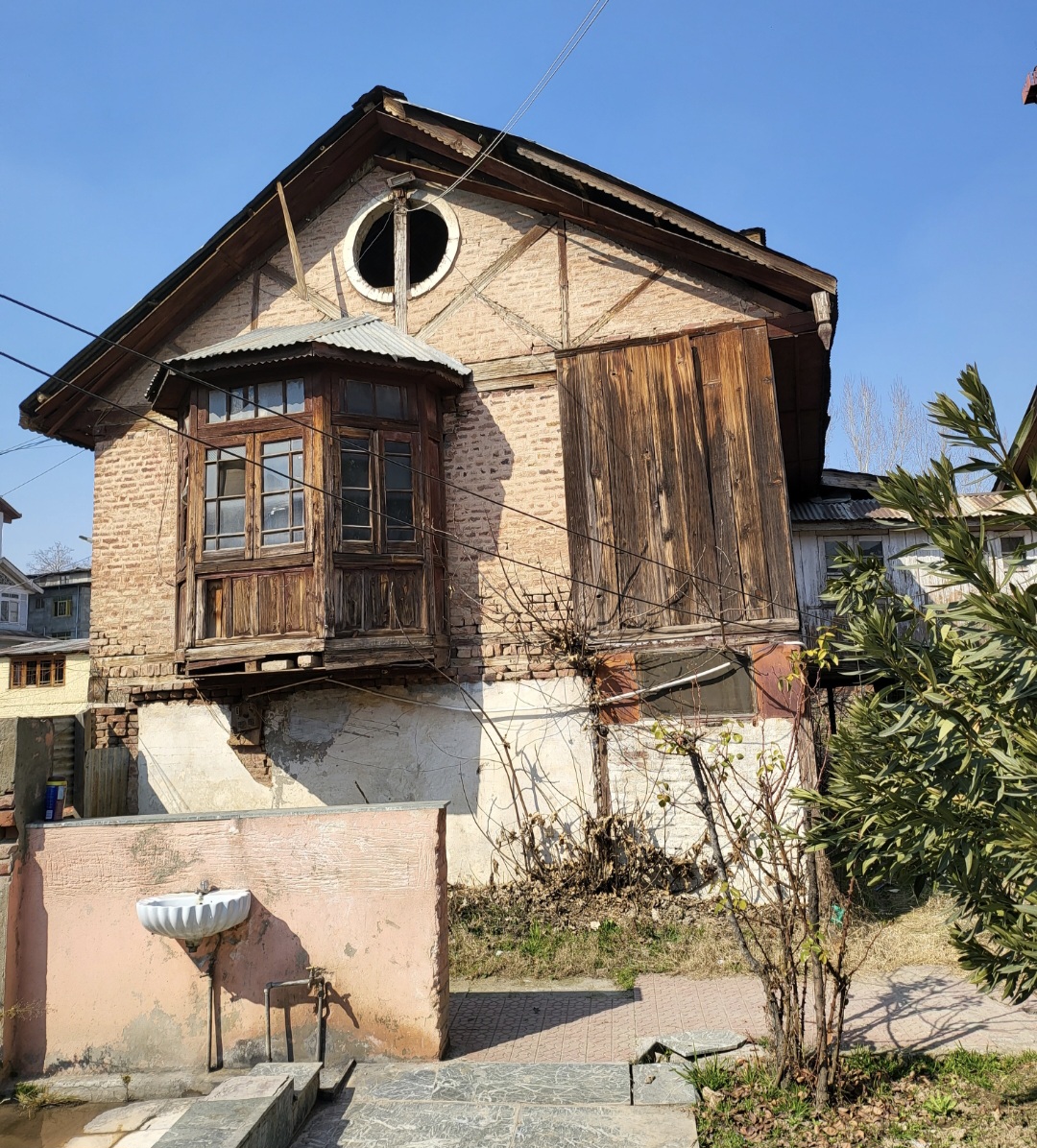Returning home is more than a journey—it’s a profound reconnection with identity, culture, and community. For Kashmiri Pandits, the path is shaped by resilience and hope.
By Satish Mahaldar
The phrase “Return to the Homeland in Safety and Dignity” carries profound significance, encompassing multiple interconnected dimensions that define the process of return for refugees. This concept not only speaks to the logistical aspects of relocation but also touches upon the psychological, sociopolitical, cultural, and economic challenges that arise when individuals strive to rebuild their lives in the aftermath of displacement. These dimensions form a comprehensive framework for understanding refugee return strategies, including:
• The Psychological Impact of Displacement and Return
• Social and Cultural Dimensions of Return
• Political and Human Rights Aspects of Return
• Sustainable Return: Economic and Structural Challenges
For the Kashmiri Pandits, a community forcibly displaced due to widespread violence and persecution in the late 20th century, the journey of displacement has often been marked by profound grief and loss. This upheaval severed individuals and families from their homes, communities, and cultural traditions—elements that once provided stability and meaning in their lives. Such disconnection fostered feelings of rootlessness, alienation, and marginalization, compounded by the psychological toll of prolonged uncertainty and grief.
The process of achieving a “Return to the Homeland in Safety and Dignity” is deeply intertwined with these emotional and psychological dimensions. When facilitated with thoughtful consideration, such a return offers not just the prospect of physical relocation but a path to healing. It becomes an opportunity for individuals and communities to reconnect with their sense of identity, cultural heritage, and the social networks that ground them in a shared sense of belonging.
However, the path to return is rarely straightforward. Refugees frequently face a phenomenon known as “repatriation trauma.” This form of trauma encapsulates the emotional complexity of returning to a homeland that may have been irrevocably changed—or even rendered unrecognizable—by conflict, neglect, or demographic shifts. For many, the return reveals stark contrasts between cherished memories of the past and the challenging realities of the present. The homeland, once a source of comfort and stability, may now evoke feelings of estrangement or fear, adding layers of psychological strain to the process of reintegration.
Returning to one’s homeland is not merely about reclaiming a physical space; it is a deeply personal journey tied to the restoration of identity and belonging. A homeland represents far more than a geographic location—it embodies one’s roots, culture, and a foundational sense of self. For displaced individuals, the act of return provides a chance to rebuild a fragmented identity, reestablish their position within their community, and reaffirm the cultural ties that once anchored their lives.
It is essential to recognize that the concept of “home” evolves over time, shaped by the experiences of exile and the passage of years. For Kashmiri Pandit refugees, “home” often takes on a more dynamic, multifaceted meaning. Their understanding of it may be influenced by reflections on the past, the challenges of the present, and hopes for the future. Consequently, the return process becomes not just a physical relocation but a negotiation of identities, balancing the weight of the past with the possibilities of renewal and transformation.
The social and cultural dimensions of return are equally critical. Refugees do not return as isolated individuals—they are part of a broader collective, reuniting with a community and reviving traditions after a prolonged absence. This collective aspect of return fosters opportunities for reconciliation, rebuilding trust, and reintegrating into the social fabric of their homeland. However, such efforts require deliberate and sustained support from both local communities and governing authorities to address the wounds of conflict and facilitate meaningful reintegration.
For the Kashmiri Pandits, returning to Kashmir represents more than reclaiming their ancestral lands. It embodies a larger process of healing and reconciliation, both at a personal and communal level. Rebuilding the structures of everyday life—whether social, cultural, or economic—becomes an act of resilience, one that acknowledges the trauma of the past while striving to create a dignified and sustainable future.
The principle of “Return to the Homeland in Safety and Dignity” is, at its core, about ensuring that displaced individuals are not only able to return but can do so in a way that meets their psychological, cultural, social, political, and economic needs. It advocates for a holistic approach to refugee reintegration, emphasizing the importance of creating conditions that allow returnees to rebuild their lives with dignity, security, and hope.
Ultimately, returning home is a profoundly personal yet inherently communal process. It involves more than a geographical shift—it requires a restoration of identity, the renewal of social bonds, and the reestablishment of livelihoods. By addressing these multidimensional challenges, the vision of a dignified return can transform from an abstract ideal into a tangible reality, offering displaced communities a chance to reclaim not only their homes but also their sense of self and place in the world.
The views expressed in this article are solely those of the author and do not necessarily reflect the opinions or views of this Magazine. The author can be reached at [email protected]


Leave a Reply